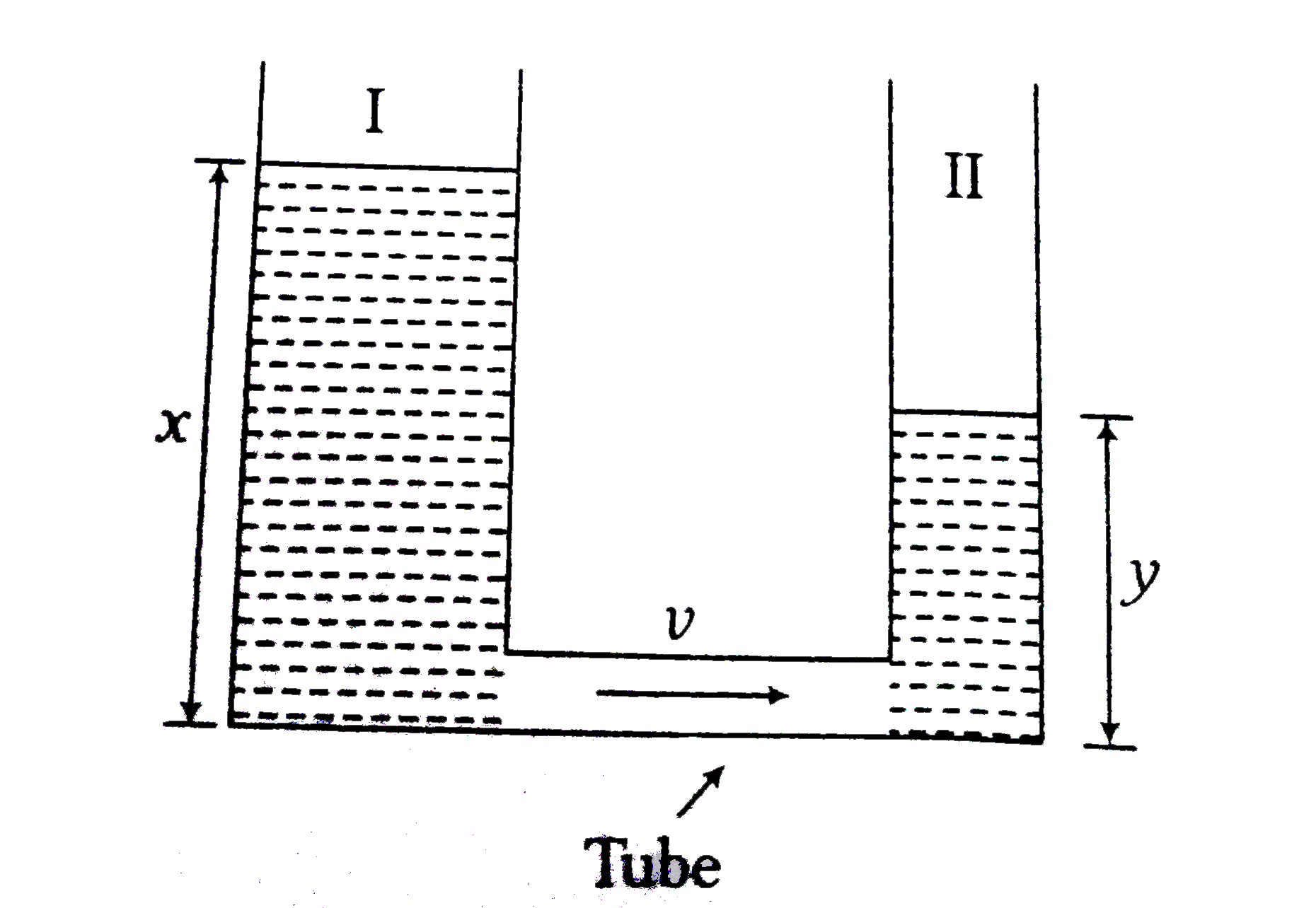In turbulent flow the velocity of the liquid molecules in contact with the walls of the tube.
zero
maximum
in between zero and maximum
equal to critical velocity
The correct Answer is:D
To solve the question regarding the velocity of liquid molecules in contact with the walls of a tube during turbulent flow, we can follow these steps:
1. Understanding Turbulent Flow:
- In turbulent flow, the fluid moves in a chaotic manner, with eddies and vortices. This type of flow occurs at high velocities and is characterized by irregular fluctuations in pressure and flow velocity.
2. Velocity at the Wall:
- According to the principles of fluid dynamics, the velocity of a fluid in contact with a solid boundary (like the walls of a tube) is always zero. This is due to the no-slip condition, which states that the fluid adheres to the surface of the boundary.
3. Implications of the No-Slip Condition:
- The no-slip condition implies that as you move away from the wall into the fluid, the velocity of the fluid increases until it reaches a maximum value at the center of the tube. However, right at the wall, the velocity is zero.
4. Conclusion:
- Therefore, in turbulent flow, the velocity of the liquid molecules in contact with the walls of the tube is indeed 0.
5. Final Answer:
- The correct option is that the velocity of the liquid molecules in contact with the walls of the tube is 0.
- In turbulent flow, the fluid moves in a chaotic manner, with eddies and vortices. This type of flow occurs at high velocities and is characterized by irregular fluctuations in pressure and flow velocity.
- According to the principles of fluid dynamics, the velocity of a fluid in contact with a solid boundary (like the walls of a tube) is always zero. This is due to the no-slip condition, which states that the fluid adheres to the surface of the boundary.
- The no-slip condition implies that as you move away from the wall into the fluid, the velocity of the fluid increases until it reaches a maximum value at the center of the tube. However, right at the wall, the velocity is zero.
- Therefore, in turbulent flow, the velocity of the liquid molecules in contact with the walls of the tube is indeed 0.
- The correct option is that the velocity of the liquid molecules in contact with the walls of the tube is 0.
Similar Questions
Knowledge Check
- Question 1 - Select One
For turbulent flow, the value of Reynolds number is
A1. Re>2000B2. Re<2000C3. 1000<Re<2000D4. Re=1000
A liquid flows through a horizontal tube. The velocities of the liquid in the two sections, which have areas of cross section A1 and A2 are v1 and v2 respectively. The difference in the levels of the liquid in the two vertical tubes is h. Then
 View Solution
View SolutionIf cross- sectional area of limb I is A1 and that of limb II is A2 then velocity of the liquid in the tube will be, (cross- sectional area of tube is very small)
 View Solution
View Solution(a) What is meant by the principle of continuity ? Show that velocity of a liquid is inversely proportional to the area of cross-section of a pipe or tube.
View SolutionThe velocity of liquid flowing through a tube at certain distance from the axis of tube
View SolutionA liquid can rise to a height of h in a capillary tube of length l (l>h). The tube filled with the liquid is kept horizontal with its two ends open. Now the tube is kept vertical with the liquid in it. Some liquid flows out. Find the height of the liquid remaining in the tube if the surface tension of the liquid is σ.
View SolutionExplain the term 'laminar flow'. Is the velocity of molecules same in all the layers in Laminar flow ? Explain you answer.
View SolutionThe rate of a flow V a of liquid through a capillary under a constant pressure depends upon (i) the pressure gradient (P/l) (ii) coefficient of viscosity of the liquid η (iii) the radius of the capillary tube r. Show dimesionally that the rate of volume of liquid flowing per sec V∝ Pr^4 /ηl
View Solution

